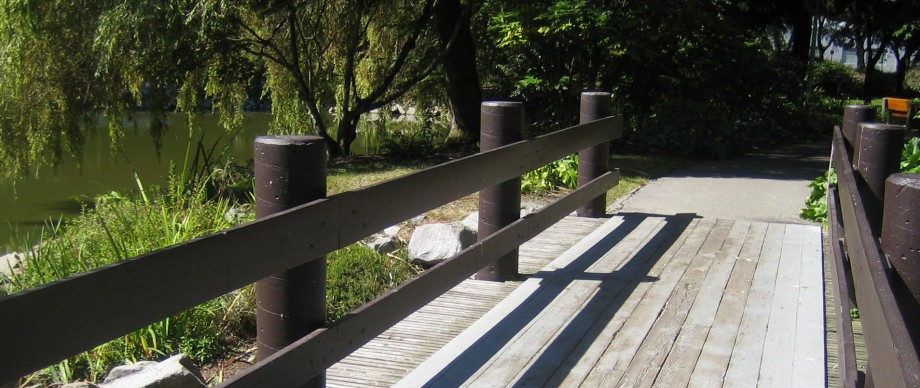Building with Beavers
This week’s Fun Friday activities are going to be about the Beaver. Your STEM building challenge will be to see if you can build a beaver dam that is beaver quality.
Activity #8a: About the Beaver
What swims like a fish, cuts like a chain saw, logs like a lumberjack and transforms landscapes like a water engineer? The one and only beaver! Let’s begin by learning more about this amazing animal and top-notch engineer.
Beavers are large rodents, about the size of a house cat. They have thick brown fur to keep themselves warm and dry. The beaver’s tail is large, and it is shaped like a paddle. They use their tails to help steer themselves in the water, and for balance when moving heavy tree branches. Their teeth are very strong. They use their teeth to cut down trees.
Beavers use the trees they cut down to build dams and lodges. First, they create a pond by building a dam across a stream. To do this, they use their sharp teeth to cut down trees. They then drag the trees into the stream to form a dam. The dam holds back the water, forming a deep pond.
Once they have completed their dam, beavers build their home in the middle of the pond. The beaver’s home is called a lodge. They build their lodges in the middle of the pond so they are safe from most of their predators. The lodge is created by carefully placing branches and mud in a big pile. They build underwater tunnels to get in and out of their lodges.
In the winter, beavers stay inside their lodges. They do not hibernate. When they get hungry, they dive down into the water to get food. Beavers are herbivores. They like to eat non-woody type plants, like cattail shoots during the spring and
summer. In the winter and fall, they like to eat tree bark and shrubs.
Beavers are commonly found in Canada. In fact, they are the national symbol for Canada, and have represented the country for more than 300 years. A large portion of the beaver population is found in British Columbia, but they can be found in streams and rivers all over Canada.
INTERESTING FACTS:
• Baby beavers are called “kits”.
• Beavers are the second largest rodent in the world.
• A beaver’s teeth never stop growing. Beaver’s teeth are orange in colour because of their iron-rich enamel. The iron-rich enamel is what allows them to chop easily through wood.
• A beaver’s lodge is made out of sticks and mud.
• The beaver has excellent senses of touch, smell, and hearing. However, beavers have poor eyesight.
• Beavers can’t move very fast on land, but they have webbed feet and are excellent swimmers.
• To waterproof themselves, beavers rub castor oil, produced from a gland near their tail, through their fur using their split toenail (grooming claw).
• Beavers are herbivores.
• Adult beavers are around 3 feet long, and can weigh up to 55 pounds.
• Beavers slap their tails on top of the water as an alarm signal to warn other beavers that danger is near.
__________________________________________________
Beaver Engineers:
Ecologists call beavers “ecosystem engineers” because they physically alter habitats by cutting down trees, building dams, digging canals and building lodges. In doing so, beavers change the distribution and abundance of many other animals and plants.
Watch this fascinating video to see how beavers build a dam.
**************************************************
Activity #8b: Beaver at the Pond
You may have heard about the beaver who has taken up residence in the pond located in the forest area behind the school. Yes, this is the same pond that we walked over to regularly while school was in session.
Here is a photo taken by Cohen of the beaver:

If you can, go for a walk over to the pond and see if you can spot the beaver. Look and see if he/she has built a dam in the pond.
While you are on your walk, you can also collect some of the materials you will need for the Beaver Dam Building Challenge project.
**************************************************
Activity #8c: Beaver Dam Building Challenge
For protection, beavers build their lodges in the middle of a pond or stream. This makes it harder for predators to reach them. But first, the beavers must build a dam to slow or block the water’s flow. This makes the water deeper and quieter.
Your challenge is to design a small version of a dam that will block most of the water flow. The dam must stretch across the entire “stream”, and needs to be at least 2 inches tall.
Here are photos to give you an idea of how the project will look:
__________________________________________________
Materials: You will need a plastic tray or paint tray, something to prop up the tray so it is sloped if not using a paint tray, some sticks, small stones/rocks, ½ cup clay (you can use thick mud or playdoh instead), ¼ cup of water, and several paper towels.
Directions:
Step 1: Gather all your materials in advance. You can collect some of your materials if you go walking to the forest/pond.
Step 2: Water poured into your sloped tray will naturally flow to the bottom. Your task is to design a dam to block the water from reaching the bottom of the tray.
Step 3: After you have designed your dam, it is time to build your dam using the sticks, stones/rocks, and clay (or mud, playdoh).
Step 4: Time to test out your dam to see if you have effectively stopped the flow of water. Place a folded paper towel in the lower basin of the tray. Then pour the water at the top and see if your dam stops the water flow.
If the paper towel remains dry, you have now built a beaver worthy dam! Congratulations!
/https://www.thestar.com/content/dam/thestar/news/insight/2013/03/25/beavers_may_offer_environmental_second_chance/beaver_2.jpg)
